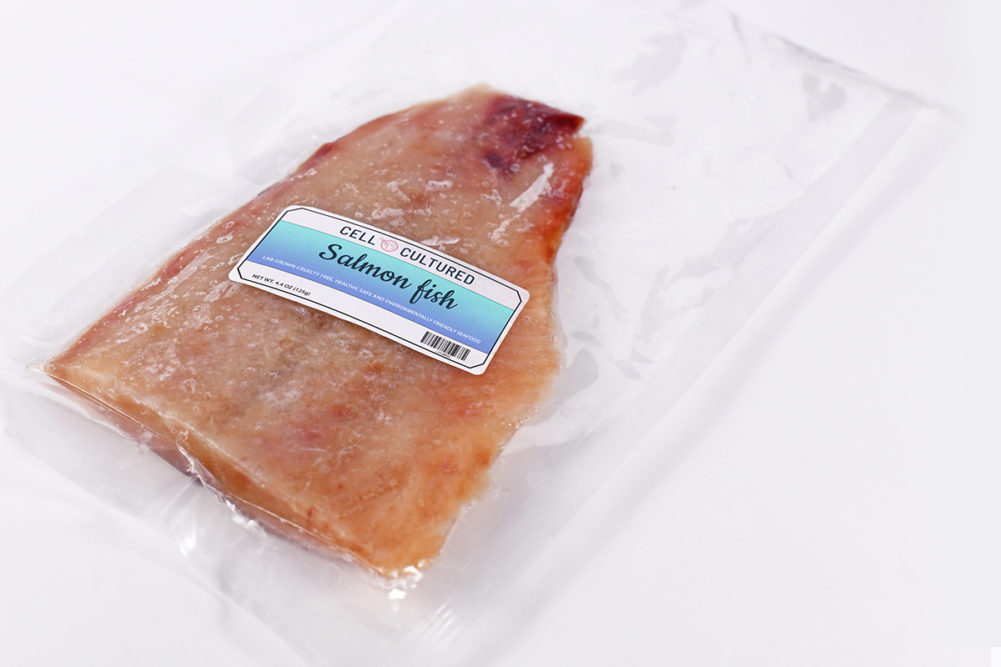Technological advancements in the seafood industry are sparking new trends, and consumers are deciding whether they are on board.
The Madison, Wis.-based International Dairy Deli Bakery Association (IDDBA) hosted a recent webinar titled “Consumer Attitudes, Behaviors and Aspirations in the Emerging Food Tech Space” led by Laurie Demeritt, owner and CEO of The Hartman Group, Bellevue, Wash.
In the Feb. 7 session, Demeritt presented key findings from The Hartman Group’s Food & Technology 2023 report covering the following topics:
- The tension consumers see between nature and science/technology
- Which food tech benefits are most compelling to consumers
- Implications for food producers and retailers
When it comes to the hesitation consumers may have with accepting new food technology, Demeritt said that “the level of concern with various food tech applications varies by how novel it is and whether it seems overly manipulated.”
One example she provided within the seafood industry was the development of cell-based seafood. The Hartman Group’s report found that 42% of consumers expressed concern toward cell-based seafood.
That concern can be lessened as consumers are made aware of the added value the new technology provides. In the report, 80% of consumers answered that health-related benefits would motivate them to try a new food technology.
“While many start-ups in the food tech space are leading with ethics, benefits related to health are the strongest purchase drivers,” Demeritt said.
However, ethics-related benefits were still reported to motivate 64% of consumers to try a new food technology, and 62% said they would be motivated by experience-related benefits.
“Ethical consumption is the backbone of food tech benefits, even if it’s secondary to health,” Demeritt said.
The top five reported ethical benefits driving consumers to try food technology are the following:
- Good for the environment
- Improves food security/food supply
- Improves animal welfare
- Improves farmer livelihoods
- Causes less pollution
Different generations have different feelings about these ethical benefits, as they are are even more influential for Gen Z and Millennial consumers.
“Younger consumers are driving trial in food tech ingredients/products, especially in more novel applications,” Demeritt said.
The report showed that 55% of Gen Z and Millennials have already tried or are somewhat very likely to try cell-based seafood, which was 35% more than the overall adult population.
As for the overall adult population of consumers, Demeritt shared the following five ways to communicate the benefits of new food technology:
- Demonstrate that the ends justify the means.
- Empower (and allow for) informed choices.
- Create value at the intersection of ‘Good for We’ and ‘Good for Me.’
- Enhance connections to the human side of food.
- Ensure new technology provides consumer value, not just flash.
For people working in the food industry, it is easy to “geek out” on new technology, Demeritt said, so it is important to take a step back and figure out the value.
Cell-based seafood
Rehovot, Israel-based Steakholder Foods Ltd., a food tech company specializing in cultured meat, has recently expanded its business to the United States.
Among the company’s offerings are cell-based seafood products, available as both raw materials and whole cuts, as an alternative to industrialized farming and fishing.
“The Steakholder Foods’ biology team is pushing the boundaries of cell production methodologies to optimize our yields and enable the food tech revolution,” said Orit Goldman, vice president of biology at Steakholder Foods.
On Jan. 25, Steakholder Foods announced the success of its newly developed filtration system, which yields 50 times more cell production than its previous method, according to the company.
“Achieving a high growth yield with minimal use of growth media is an industry-wide goal, due to the current high cost of growth media,” the company said. “The filtering system maximizes the usage of growth media by enabling the separation of cells from the media, continuously removing the used media and replacing it with fresh media. The removed media can then be refreshed and reused to enable circular solutions.”

